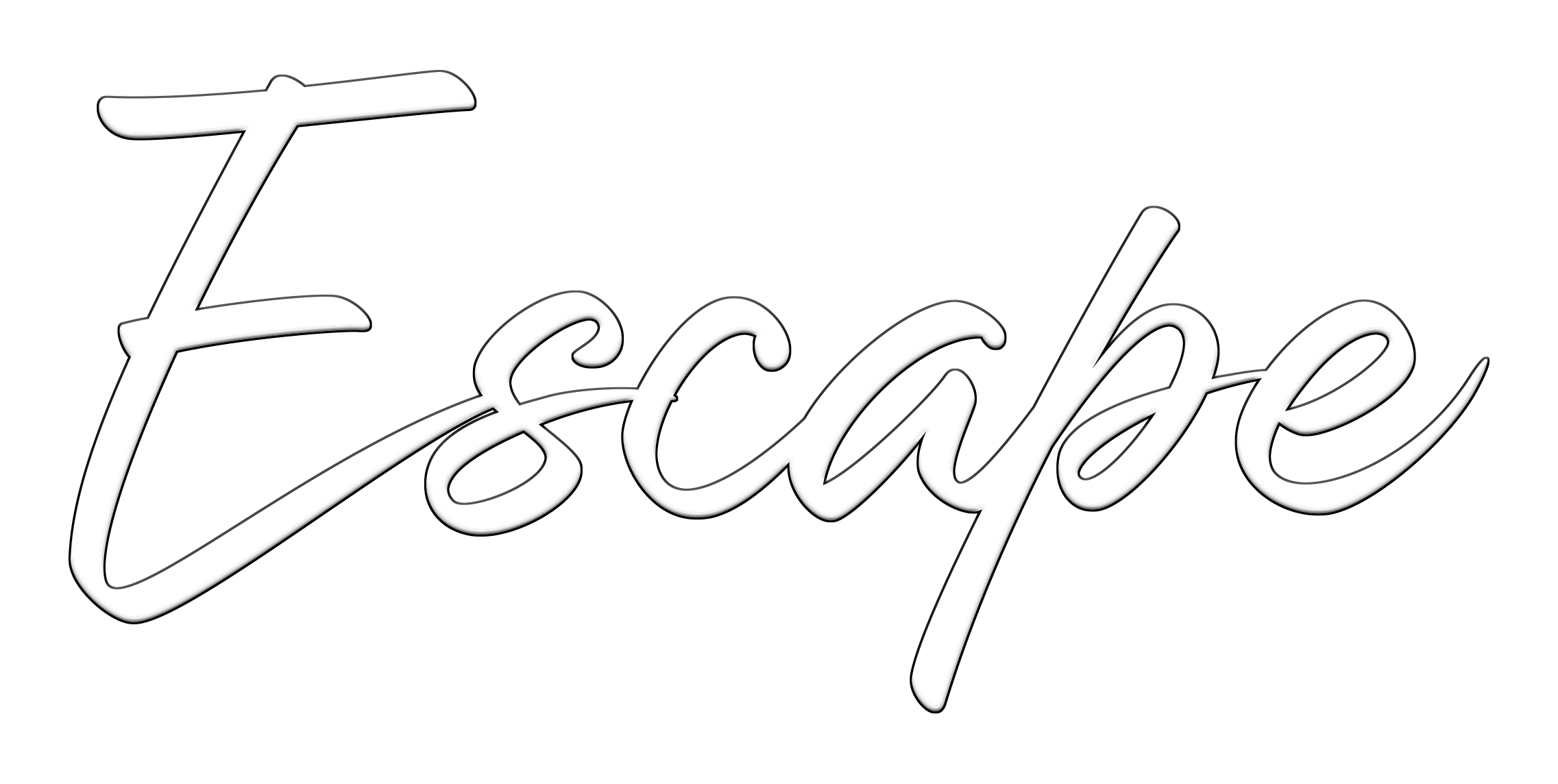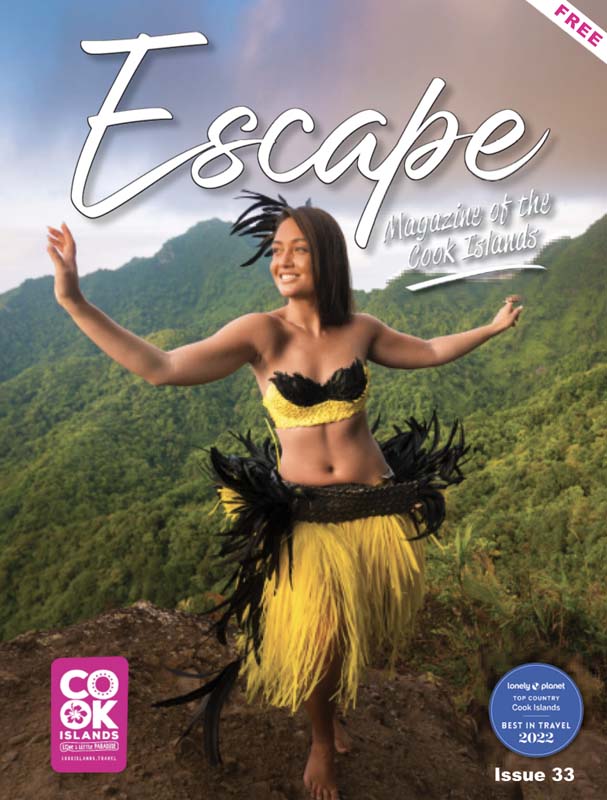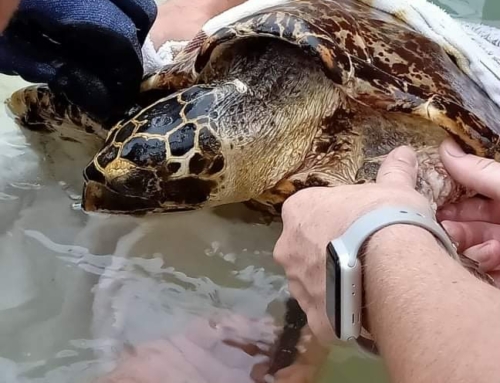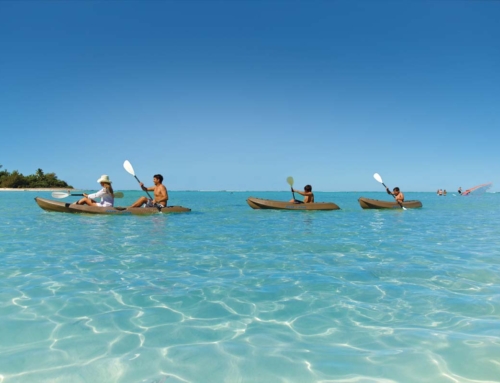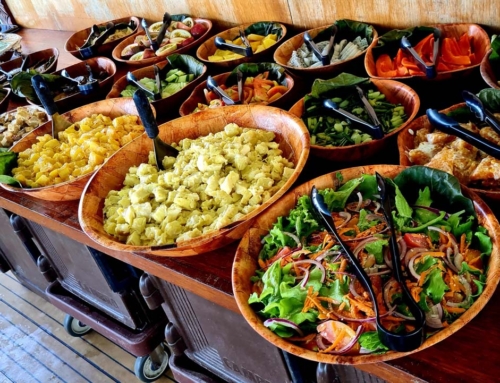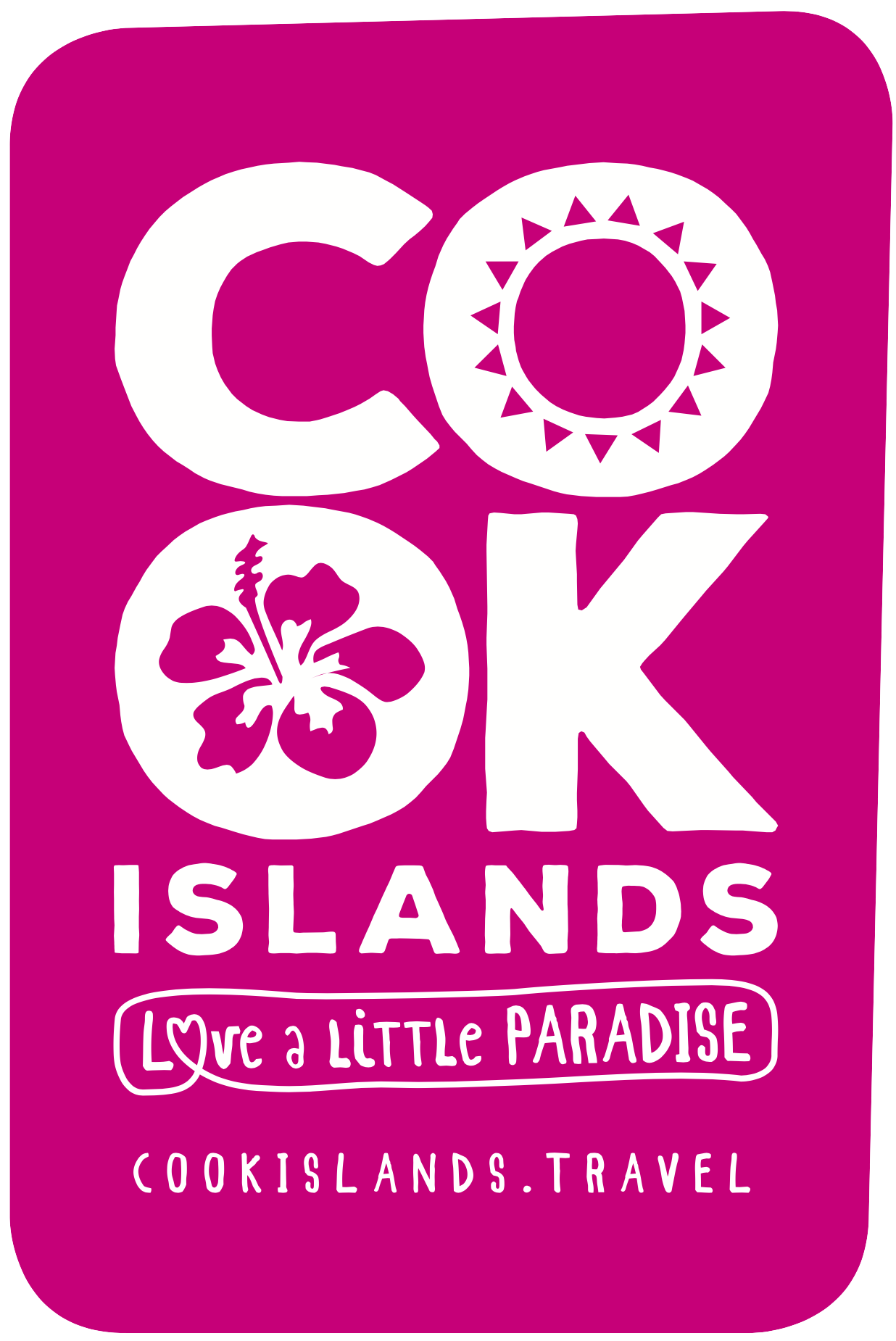There’s no place quite like the Cook Islands from its rich Polynesian culture reflected in the traditions of its fifteen islands to the archipelago’s reputation as a bedazzling world-renowned holiday destination. The only thing not “cool” about the Cook Islands is the weather.
Here are some cool facts about this little piece of heaven on earth.
1. It’s very old.
Mangaia, the second largest island in the Cook Islands and 203km southeast of Rarotonga is considered the oldest island in the Pacific. From its volcanic remnants geologists estimate it is around 18-million-years-old.
2. The Cook Islands is rich in legend.
One Foot Island in Aitutaki has the distinction as having the best beach in the Australian-Pacific region as voted by travel agents worldwide. The motu (islet) also boasts the world’s smallest post office. But how Tapuaeta’i as it’s traditionally known and how it was named is a special story. When a father and son broke a protected fishing ra’ui they paddled their vaka towards a deserted motu to escape a war party coming after them. Facing certain death, the father carefully followed in the steps of his son into the middle of the motu. He then lifted him up high into a coconut tree and continued to the other side, leaving just a single trail of footsteps to save his boy’s life.
Take your passport to the one-man hut post office on One Foot Island to get a special memento stamp.

3. O Kiva (ocean) going navigators.
Back on Rarotonga just north of the stunning Muri Lagoon, Ngatangiia Harbour is a great spot for fish and chips and to watch local kids jumping off the jetty. Notably the harbour location was an ancient launching point for canoes. Around 1250 to 1300AD seven large twin hull sailing vaka departed with Māori that settled New Zealand. It is now thought however that there wasn’t just one ‘great fleet scenario’ voyaging to Aotearoa but several vaka visits to and from the Cook Islands by experienced seafaring navigators.
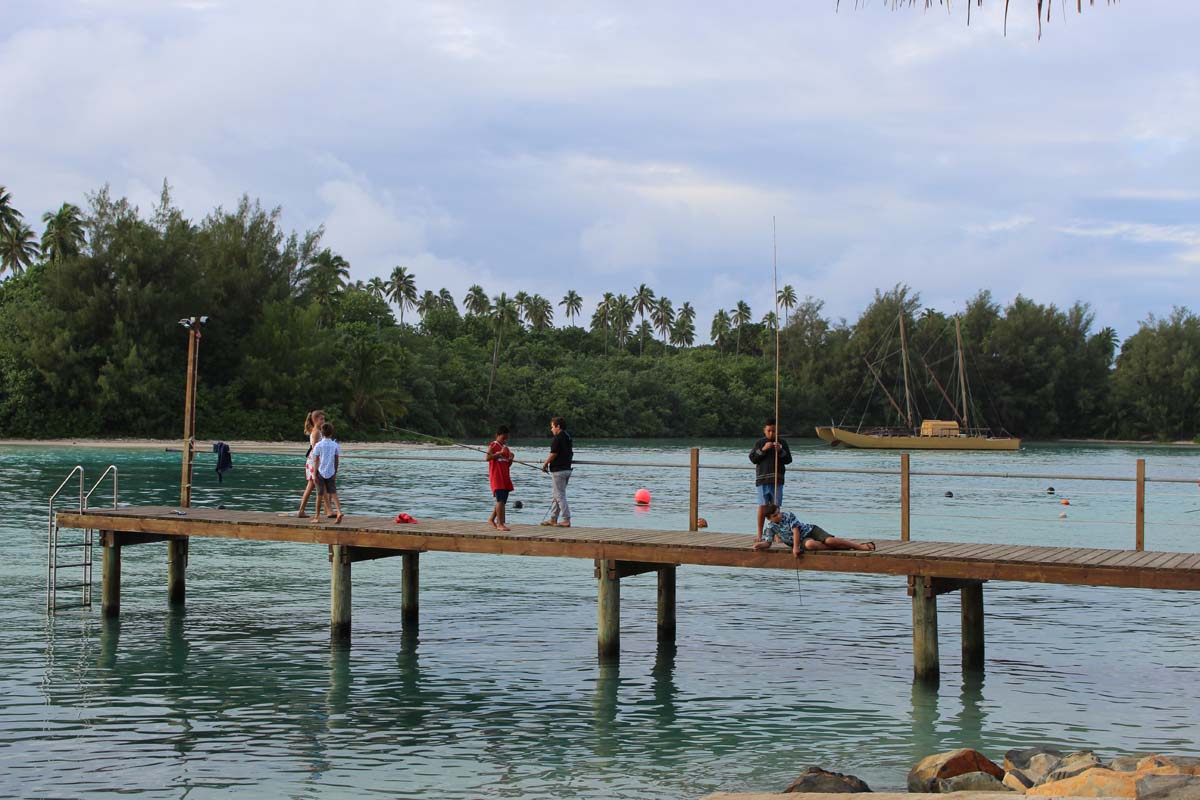
4. A gateway for spirits.
A dramatic spot to see the sun or ‘ra’ melting over the horizon, Tuoro otherwise known as Black Rock on the northwest tip of Rarotonga is a magnificent 1.9-million-year-old ancient basalt rock you cannot miss. The impressive rock formation holds sacred cultural significance as a gateway to the afterlife. In ancient tradition spirits of the dead departed from Tuoro before they ascended a pua tree and leapt from it to begin their journey back to their Avaiki homeland.
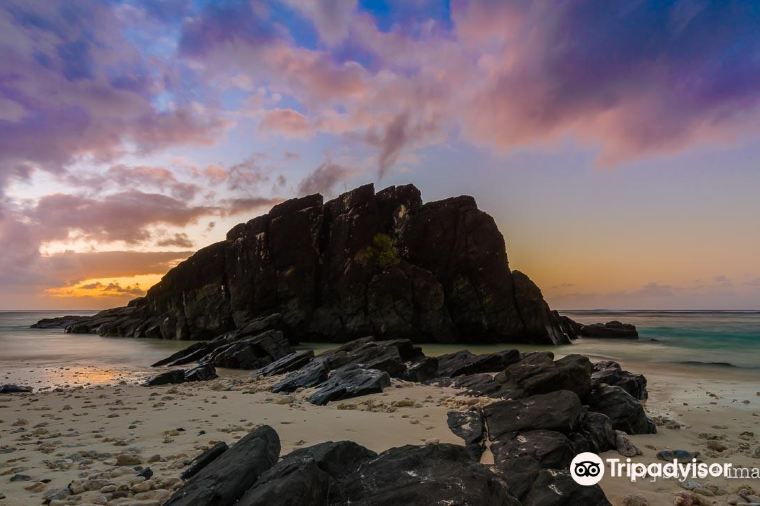
5. Cook Islands culture is world leading.
Cultural village Highland Paradise on the western side of Rarotonga has some spectacular ocean views and arguably one of the most exceptional tourism experiences you’ll ever encounter. This is no exaggeration. In 2013 it won a leading World Travel Award as the best cultural attraction in the world. The centre which showcases traditional practices lays on an original 600-year-old mountain village location that was once home to the famous Tinomana Tribe. Dating back to the late 1700’s the large scale 205-acre sacred archaeological site hosts nearly 100 ancient stone structures and is currently under UNESCO world heritage consideration.
6. Distinctly devout.
With its much-loved white stone Cook Islands Christian Church adorning the Arutunga beachfront Aitutaki also happens to be considered one of the most pious places on the planet. It has more than 20 churches serving just 1,800 people. The gospel first arrived there 200-years-ago thanks to Rev John Williams of the London Missionary Society. It was quickly embraced by high chief Tamatoa Ariki and Gospel Day is now celebrated on its 26 October anniversary throughout the Cook Islands.
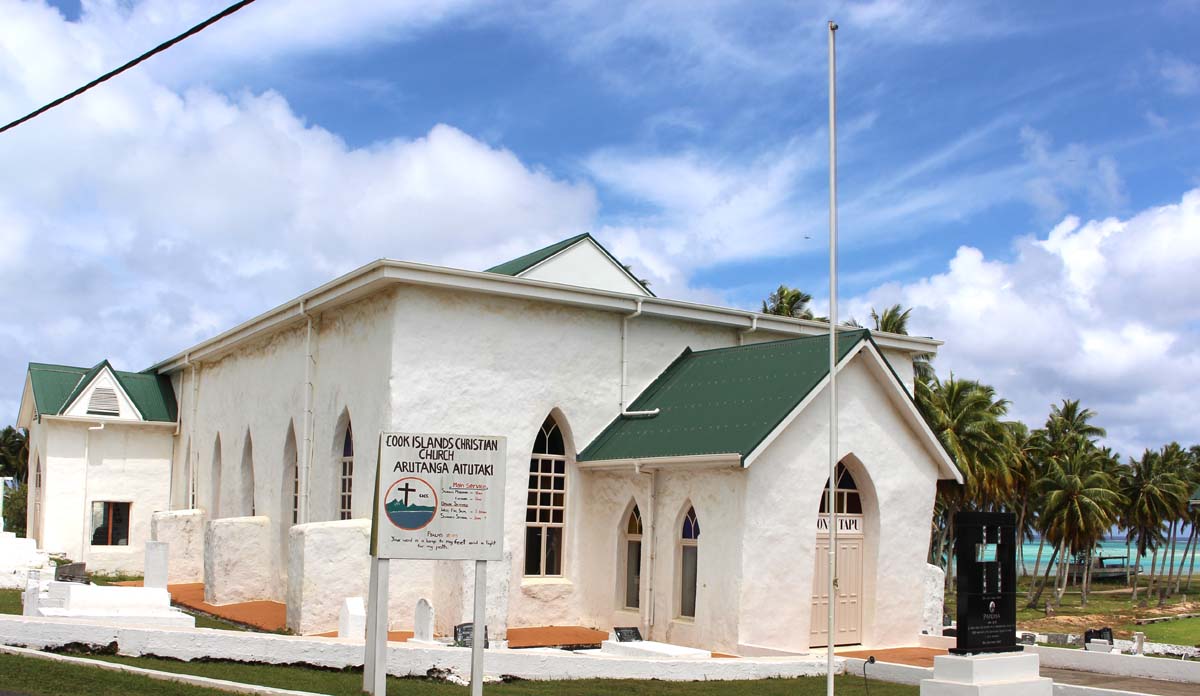
7. Mauke’s flora and fauna is worthy of acclaim.
It just so happens the Southern Group Island is home to reportedly the South Pacific’s largest Banyan tree and one of the world’s most widespread. Well hidden within the interior bushland the mammoth fig is majestically spread over an acre making a multi-vine swing fit for Tarzan.
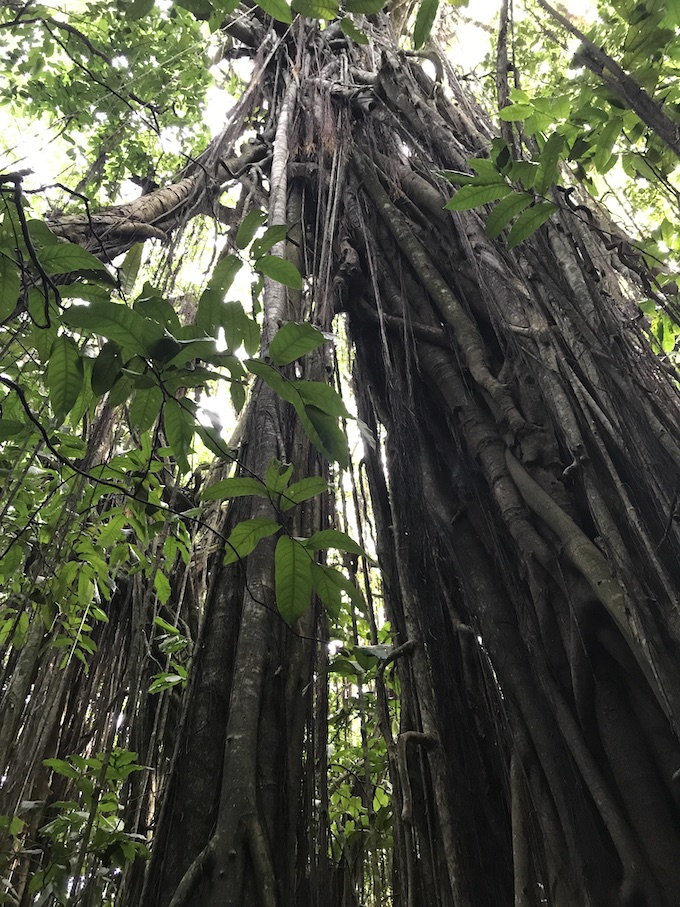
8. World’s remotest surf spot.
Rarotonga has some thunderous gnarly reef breaks not for the inexperienced. Alternately a few hundred metres off the small uninhabited island of Tukutea is arguably one of world’s most remote and longest rideable waves. According to locals from neighbouring Atiu 400m wide rides are possible. It was also named Enua-Iti, meaning small island by Captain Cook. Today it is a designated wildlife sanctuary protecting its many migratory birds and apart from the epic journey to visit Tukutea you need the permission of a high chief to go ashore.
9. A mysterious marvel.
Stunning Northern Group atoll Penrhyn or Tongareva has one of the largest lagoons in the South Pacific. It’s certainly the biggest in the Cook Islands at 275sq km and is sprinkled with 53 motu within its waters. But its most remarkable marvel is an optical oddity of flames that appear to flutter on the water’s surface around 8km out to sea. The unpredictable ‘ghost fire’ as it is known leaps high into the air sporadically and is said by some to herald death. During World War II a US Navy torpedo patrol boat ran aground on a submerged reef while searching for the source of the strange phenomenon.
11. Conservation is nothing new.
For centuries on the remote northern island Pukapuka the locals have practiced traditional conservation moving from their ‘Home’ atoll to another smaller atoll within the lagoon for periods of time to keep the delicate ecological balance. They also live in tune with the cycle of nature through a subsistence existence, mostly catching or growing just enough to eat.
10. A pirate’s treasure trove.
Uninhabited Suwarrow Atoll is also known as a real-life treasure island. In the mid-19th century treasure hunters struck a chest full of gold and silver coins of mostly American money in the middle of the island beneath an ancient Banyan tree. The estimated value of the booty was thought to be around US$15,000, the equivalent to $5m in today’s money. It remains a mystery as to how they came across the haul documented in James Cowan’s 1936 Suwarrow Gold book. Two more cases of discovered loot have been mentioned in his writing’s including a very fortuitous case in 1876. New Zealander Henry Mair was watching a turtle burrowing a nest to lay eggs when he heard a clink of metal. Turns out it had uncovered a rusted chest of Spanish-American silver coins and rings set with precious stones.
11. Conservation is nothing new.
For centuries on the remote northern island Pukapuka the locals have practiced traditional conservation moving from their ‘Home’ atoll to another smaller atoll within the lagoon for periods of time to keep the delicate ecological balance. They also live in tune with the cycle of nature through a subsistence existence, mostly catching or growing just enough to eat.
12. Sacred ocean.
Taking a photo of the azure waters surrounding the islands? Apart from being Instagram perfect it’s also the world’s largest multi-use marine park called Marae Moana. Although the Cook Islands only has a tiny land mass, they are dotted across a vast oceanic expanse. The protected waters stretch out 50 nautical miles from each of the 15 Cook Islands and is seen as cornerstone legislation to protect the entire 1.9 million square kilometre exclusive economic zone. It was aptly coined Marae Moana in a naming competition won by a Rarotonga college student and was the vision of former professional rugby league player Kevin Iro.
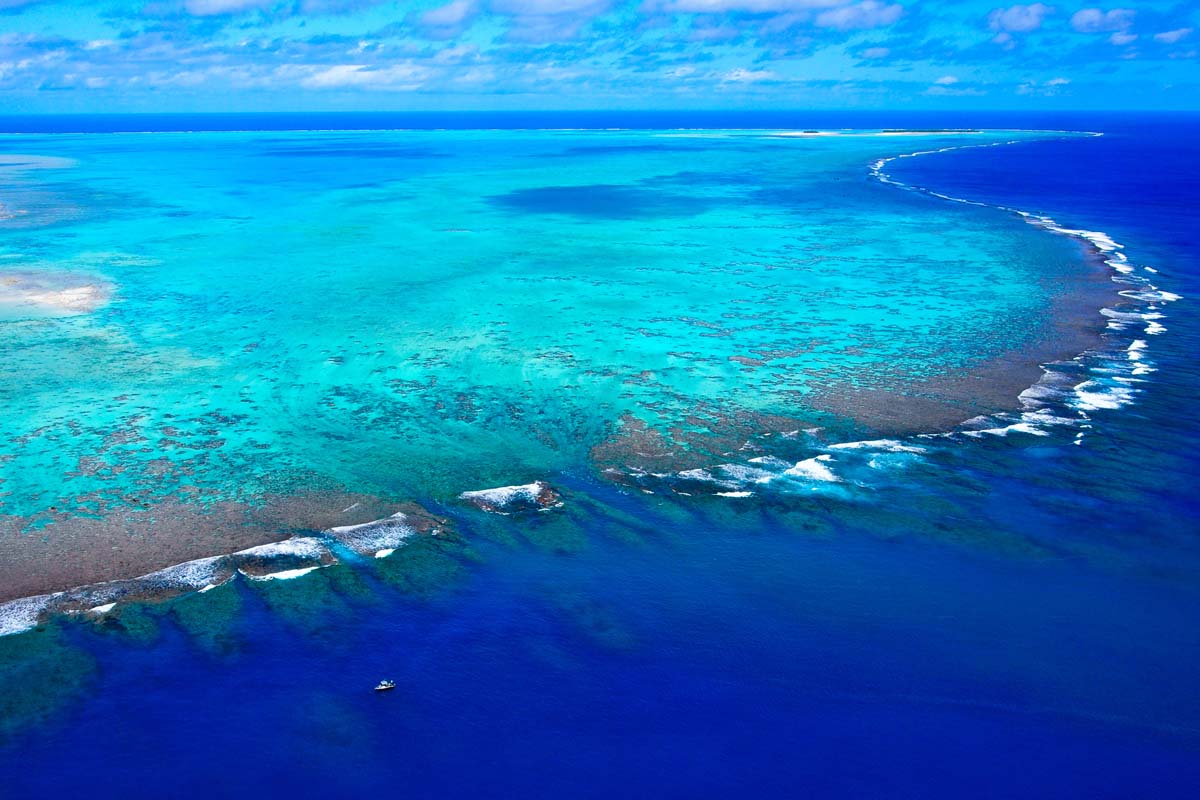
13. From the Cook Islands to Hollywood
The legend behind the critically acclaimed Oscar nominated NZ movie Whale Rider turns out hails all the way from far flung Mauke. Standing high on the cliffs of Araiti Cove Paikea had watched her fisherman husband get swept out to sea in a cyclone. Convinced he was dead Paikea cried so much she couldn’t eat. The NZ Māori version sees her riding to safety on a whale as portrayed in the film. The original Mauke legend does not mention this, and incredibly Paikea’s remains were discovered in 2003 in the exact spot the story says she waited for her husband. Eerily also roughly around the time actress Keisha Castle-Hughes who played Pai walked the red carpet a world away in tinseltown.
14. Pukapuka was also known as Danger Island
thanks to its treacherous reefs and high surf, but this could also relate to the local’s fearless approach to sport. Pukapukan’s play their own colourful version of cricket called kirikiti that can last for an indefinite number of days with up to 40-players per side, using a three-sided bat and no protective equipment whatsoever.
15. A rare native tongue.
Being one of the remotest islands on the planet, around 1,140km northwest of Rarotonga and closer to Samoa, today only around 2,000 people on the planet speak its own unique Pukapukan language. The island is said to be descended from just seventeen men, two women and an unknown number of children who survived a catastrophic tsunami around 300-years-ago.
16. Coolest cave pools.
The islands of Mangaia, Atiu, Mitiaro, and Mauke are also home to many amazing caves and some yet to be fully discovered sink holes and subterranean labyrinths. Framed by stalagmites the cathedral like caves are continually being carved out by fresh and salt water that house breathtaking and thrilling for a dip artesian pools.

17. Singing like nowhere else.
No doubt you’ve been encouraged to attend a local church service whilst in the Cook Islands, specifically to hear the congregation’s amazing a capella hymn singing. But why is it so unique? Imene tuki is a kind of music that is unique to the Cook Islands with seven multi-part harmonies and elements of pre-colonisation chants to emphasise parts of the music. Not heard anywhere else…you’ll certainly be uplifted when you hear their songs of praise.
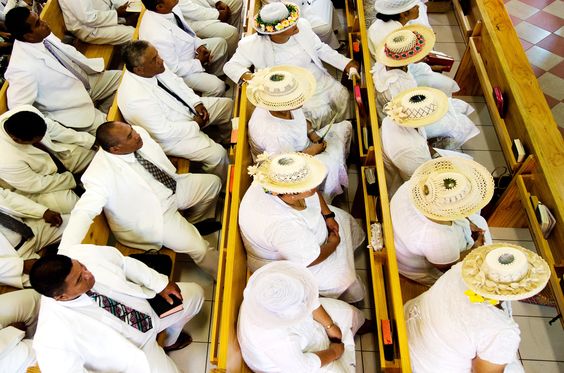
18. God of the Sea.
Pre-Christianity the Cook Islands had a raft of deities or idols that were worshipped. The most well-known and important was Tangaroa god of the sea and fertility. His carved figure featured on canoes and sacrifices were made to him before warriors set off on voyages. You’ll still see his stocky well endowered wooden carved image for sale in most tourist shops.
On Mangaia their many idols were secretly hidden away deep within a cave behind boulders by the island’s chiefs after the missionaries arrived.
They remain locked away to this day.
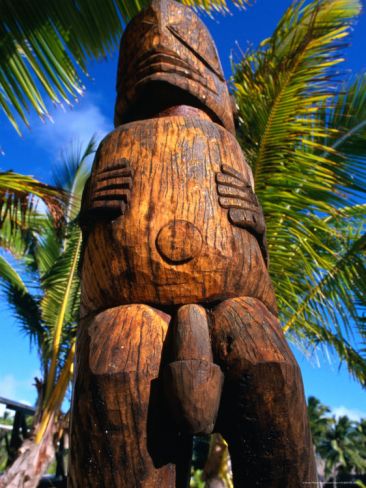
19. A whale’s playground
During the cooler months and into spring the coastline surrounding Rarotonga is a prime spot for whale watching. The majestic mammal can often be seen breaching just outside the reef as they migrate north from their summer feeding grounds. They love the surrounding tepid waters to play, mate, give birth, and to rest. Whales can also be seen from high on the limestone cliffs on Atiu.
20. No dogs allowed!
As you may have already heard there are no poisonous spiders or snakes in the Cook Islands. Unlike Rarotonga, the island of Aitutaki also does not have a single dog on it. There are a few different stories as to why, but one tale is thanks to a dog biting a chief’s daughter many years ago. All canines were then banned by the Ariki. On the capital island however, there are now countless ‘man’s best friends’ roaming free.
Funny true story: A few years ago, Rarotonga police needed a specialist drug dog on Aitutaki. Problem was, being outlawed they couldn’t fly one in. To get around the local law quick thinking officers instead brought over a designated “four-legged policeman”.
21. Racing around the lagoon.
Today there are sadly just a couple of horses left on Rarotonga from what was once a thriving culture. Predominantly used to plough fields and for transportation, but from around the 1930’s there was exciting horse racing along Muri Beach up until the 1980’s.
22. A steam train in paradise.
Rarotonga would also not be the place you’d expect to see a Polish steam train. Intriguingly there was once a working loco on Rarotonga that was imported from Poland by a local lawyer in the 1990’s. The 1950’s era locomotive is said to be currently in parts and the short railway line in disrepair, but there are potential plans for its revival as a static display one day.

23. An ancient road
The inland Ara Metua ‘road of ancestors’ on Rarotonga was once part of a 1,000- year-old basalt and coral paved path. The carefully laid 29km circular road was built by the first settlers from the Marquesas and Society Islands (French Polynesia). It was a Romanesque engineering first for the Pacific and some small sections remain intact today.
24. Believe it or not
but those first settlers may have not been the only people to have initially lived in the Cook Islands. On the island of Pukapuka 1,324km north the remains of dog bones have been discovered and dated as far back as 2130BC. This challenges what is currently believed of voyaging capabilities of Polynesians during pre-history.
25. The Cook Islands still has close ties to NZ
With the potential threat of an invasion by the French following Tahiti’s annexation, paramount chief Makea Takau Ariki of Rarotonga petitioned the British to set up a Protectorate in 1888. The Cook Islands were soon after included in the boundaries of New Zealand. A couple of generations later the country celebrated self-governance in 1965. Today they remain independent in ‘free association’ with Aotearoa. Cook Islanders are still considered New Zealand citizens however, and with no such thing as a Cook Islands passport just yet, they continue to travel on NZ passports.
